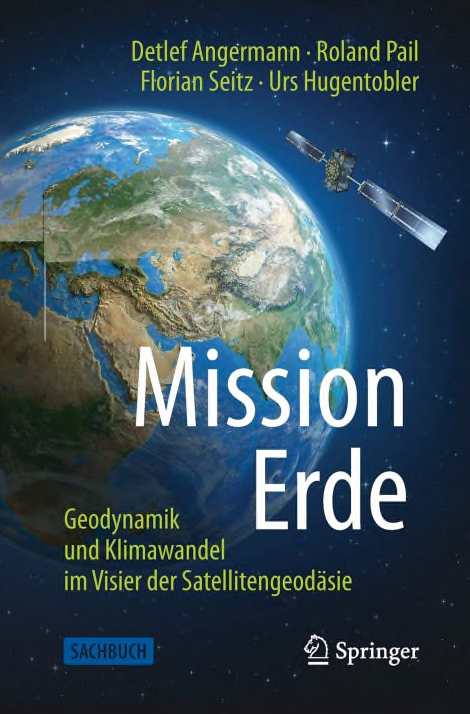Verleihung des Karl Rinner Preises 2019
In ihrer Sitzung am 14. Mai 2020 hat die Österreichische Geodätische Kommission beschlossen, den Karl Rinner Preis 2019 an Mag.a Silvia Klettner für ihre Publikation mit dem Titel “Why Shape Matters – On the Inherent Qualities of Geometric Shapes for Cartographic Representations” zu vergeben. Diese Publikation entstand im Rahmen ihrer Forschungsarbeiten in der Forschungsgruppe Kartografie der TU Wien. Publiziert wurde diese Arbeit im Jahr 2019 im ISPRS International Journal of Geo-Information.
Die Ehrung der Preisträgerin fand am 4.11.2020 aufgrund der Covid-19 Bestimmungen in einer Videokonferenz statt, an der rund 30 Gäste teilnahmen. Nach der von Univ.Prof. Dr. Georg Gartner gehaltenen Laudatio, wurde die Karl Rinner Preis Urkunde durch den Präsidenten der ÖGK Univ.Prof. Dr. Werner Lienhart sowie der Preisscheck durch den Sponsor DI Gregor Schiller von der Bundeskammer der ZiviltechnikerInnen virtuell überreicht.
Im Anschluss an die Preisverleihung hielt Mag.a Silvia Klettner ihren Festvortrag.
- Curriculum Vitae
- Ausgezeichnete Publikation: Klettner, S. Why Shape Matters—On the Inherent Qualities of Geometric Shapes for Cartographic Representations. ISPRS Int. J. Geo-Inf. 2019, 8, 217.
- Präsentation Festvortrag
Zusammenfassung der ausgezeichneten Publikation:
Why Shape Matters – On the Inherent Qualities of Geometric Shapes for Cartographic Representations
Abstract: All human communication involves the use of signs. By following a mutually shared set of signs and rules, meaning can be conveyed from one entity to another. Cartographic semiology provides such a theoretical framework, suggesting how to apply visual variables with respect to thematic content. However, semiotics does not address how the choice and composition of such visual variables may lead to different connotations, interpretations, or judgments. The research herein aimed to identify perceived similarities between geometric shape symbols as well as strategies and processes underlying these similarity judgments. Based on a user study with 38 participants, the (dis)similarities of a set of 12 basic geometric shapes (e.g., circle, triangle, square) were examined. Findings from cluster analysis revealed a three-cluster configuration, while multidimensional scaling further quantified the proximities between the geometric shapes in a two-dimensional space. Qualitative and quantitative content analyses identified four strategies underlying the participants’ similarity judgments, namely visual, affective, associative, and behavioral strategies. With the findings combined, this research provides a differentiated perspective on shape proximities, cognitive relations, and the processes involved.
Spornsor des Preisschecks: Bundeskammer der ZiviltechnikerInnen/Bundesfachgruppe Vermessungswesen
Ein besonderer Dank gilt der TU Wien für die Bereitstellung der IT-Infrastruktur.




